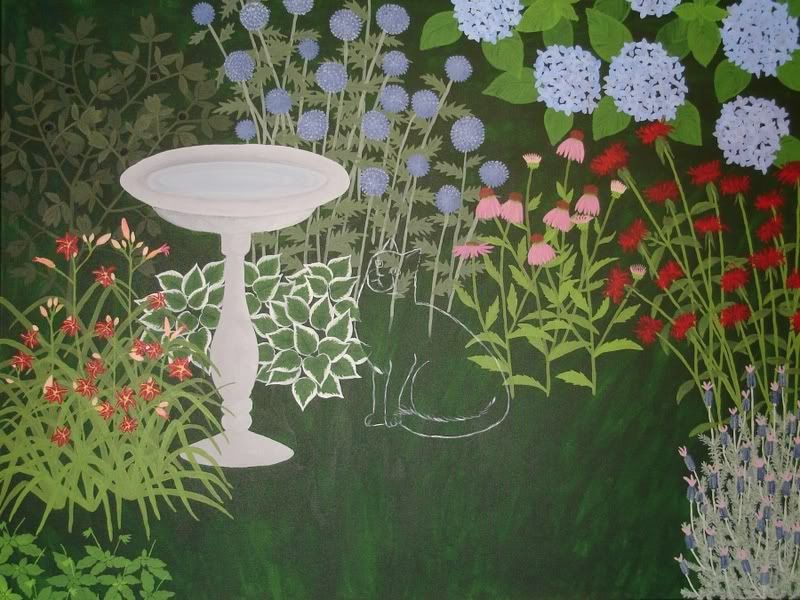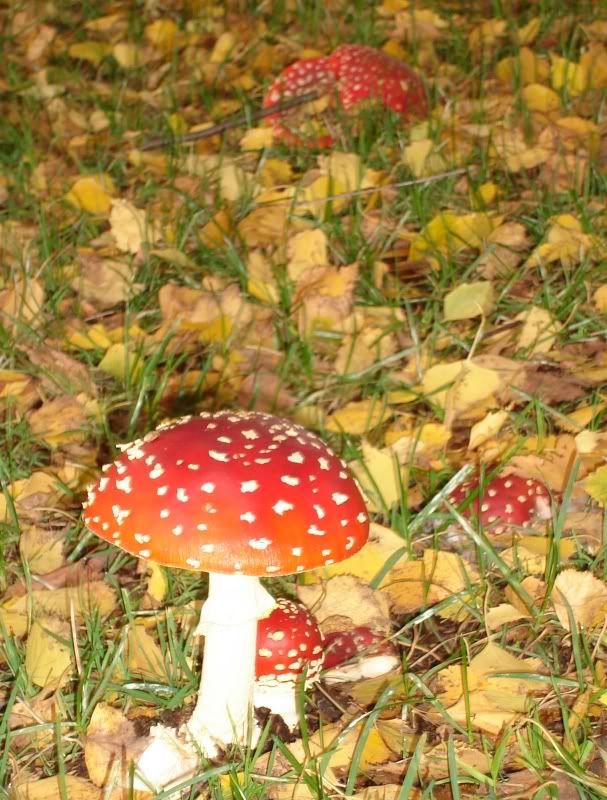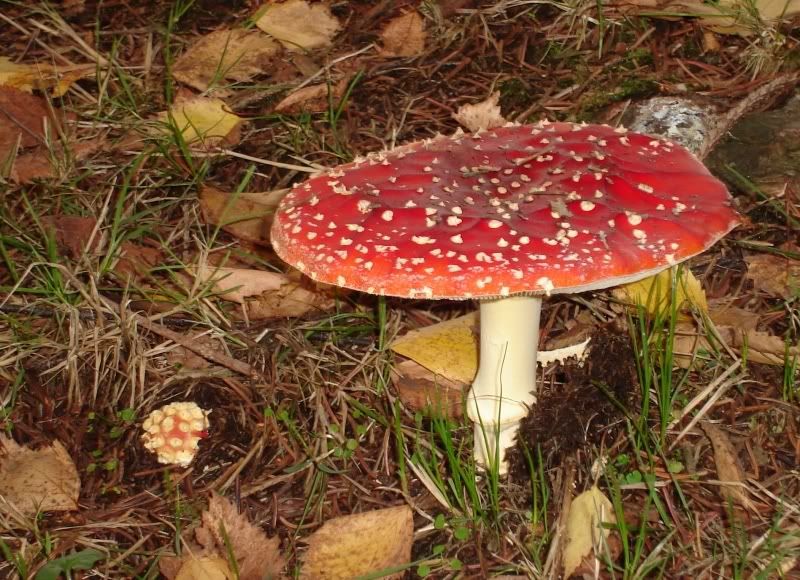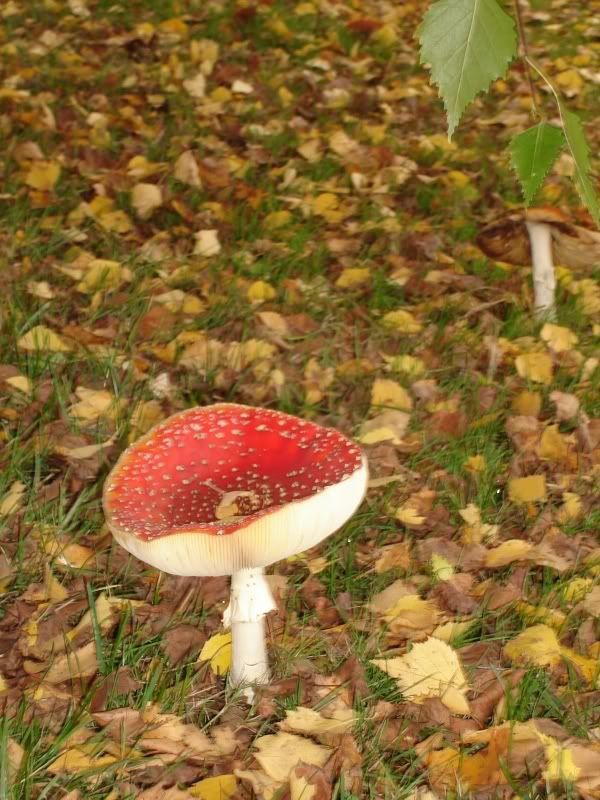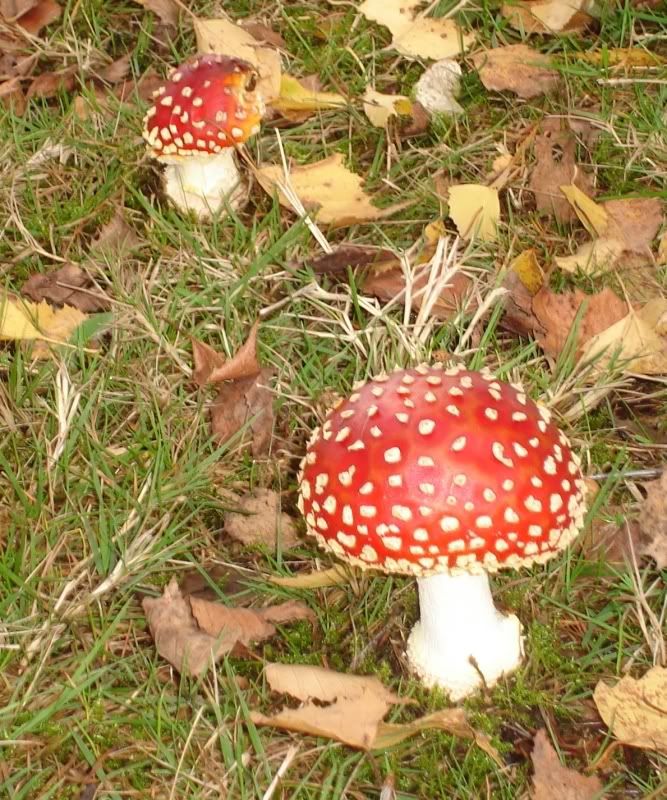I try to live by the motto "Live and let live". That includes the creatures, great and small, who share my garden with me. I don't believe in using pesticides or chemicals to kill anything. Everything has its purpose, and its place.
When it comes to sharing my garden, though, I am curious which one is Good, Bad or just plain "Ugly". :-) Not that the Bad and Ugly don't have a right to share my garden, I just want to know what they're up to when I encounter them. There are some which are known to be Good : earthworms, spiders, bees, dragonflies, ladybugs. Some whose taste for plants puts them in the Bad category : slugs, snails, aphids, grasshoppers, caterpillars. Others, whose intentions are not so obvious : beetles, sow bugs, wasps, stink bugs.
Reading up on any of these can often (not always!) clarify their eating habits, and impact on our garden. However, nothing, in my opinion, beats observation in the field, or over a period of time in a small cage. I have yet to write about the stink bugs which I accidentally brought into the house this summer, and which ended up in our observation for a number of weeks. They were pretty interesting.

A couple of weeks ago, I was cutting down and bundling my perennial sunflower, to set out for the city compost program, when I found 3 small green caterpillars. It was already late in the year, with frost overnight, and not lots of foliage available. So I decided these little guys would have at least as good, likely better, chance surviving indoors with us, in our plastic terrarium. Today, they are more than double the length, and considerably more bulky. (Interestingly, they changed colour to a grey/brown shortly after bringing them indoors.) They are eating through quite a lot of greens, all collected from the garden.
So far, I have found that they like: parsley, salmonberry leaves, butterfly bush leaves. They don't seem to like: red swiss chard (I thought they would!), peony leaves, tarragon. I am hoping they will eventually transform into a butterfly/moth, so we will find out what species we have. My Google Image searches haven't found a match yet.
Maybe one of the kids will be able to bring them into the class, to share the learning experience with their friends. I'll be sure to post, when we learn more.
In the meantime, I stumbled across a pretty interesting site, for those not too squeamish about bugs. Although the focus of the site is on pest management, I found the
pest identification section to be fascinating. People post their photos of strange bugs they encounter, and entomologists and other experts provide identification. Be sure to take a look!
 Our girls worked on a beautiful (albeit a bit grumpy looking) snow angel, complete with snow wings:
Our girls worked on a beautiful (albeit a bit grumpy looking) snow angel, complete with snow wings: And they had fun toboganning around the yard:
And they had fun toboganning around the yard: What a great way to enjoy the snow!
What a great way to enjoy the snow!




